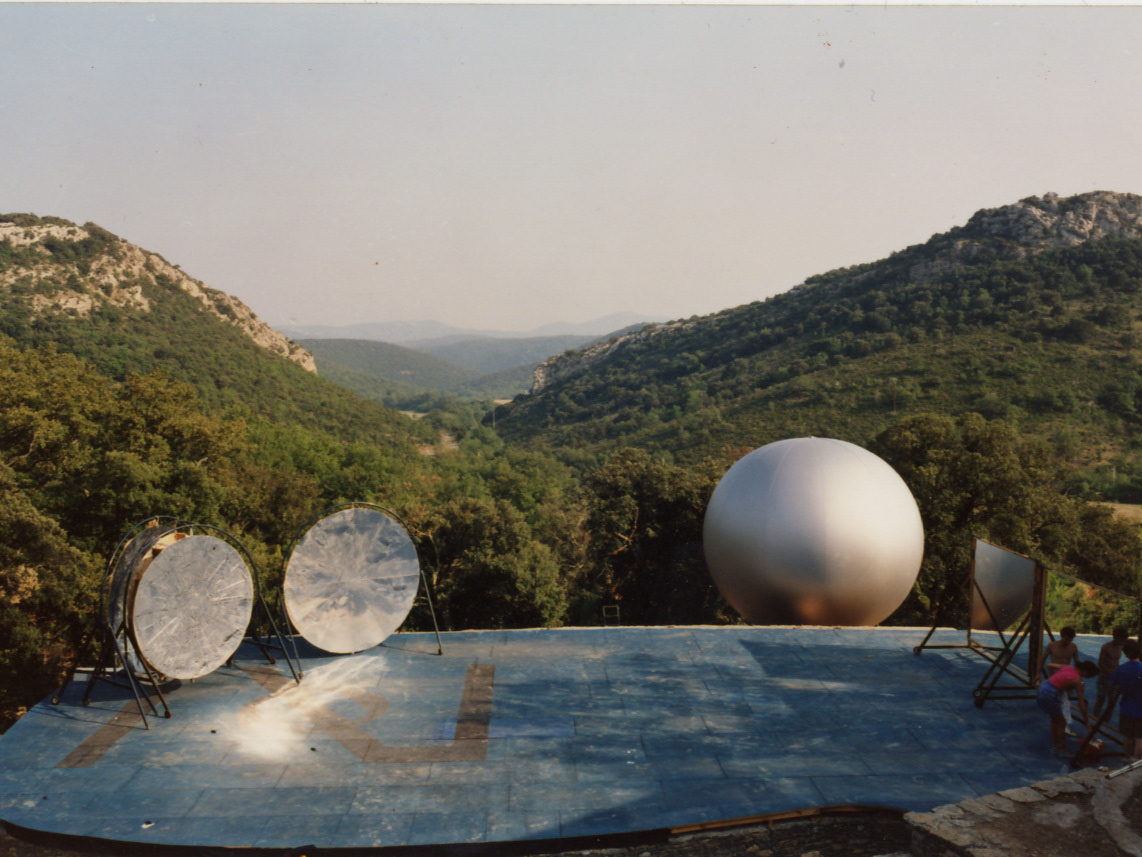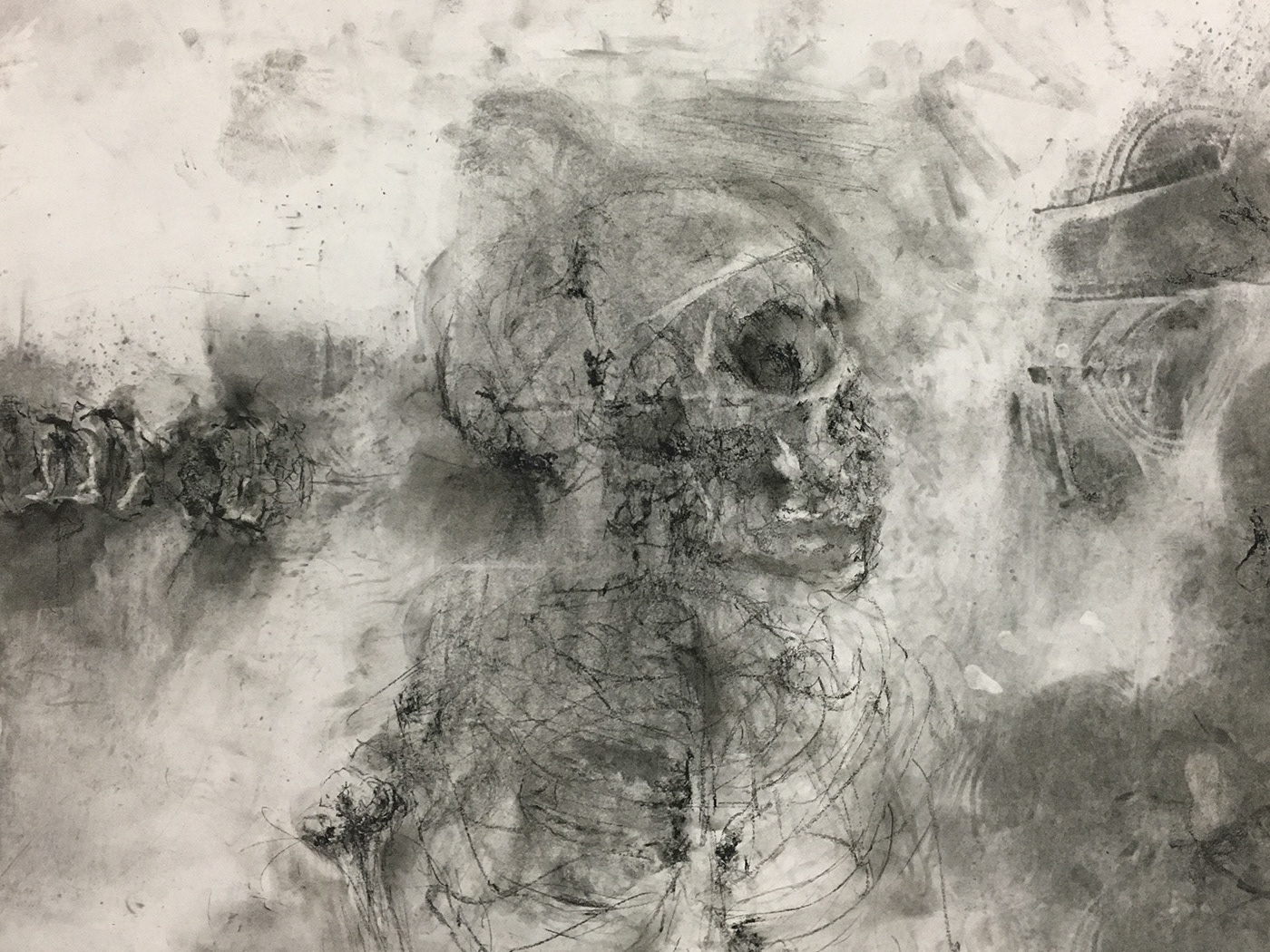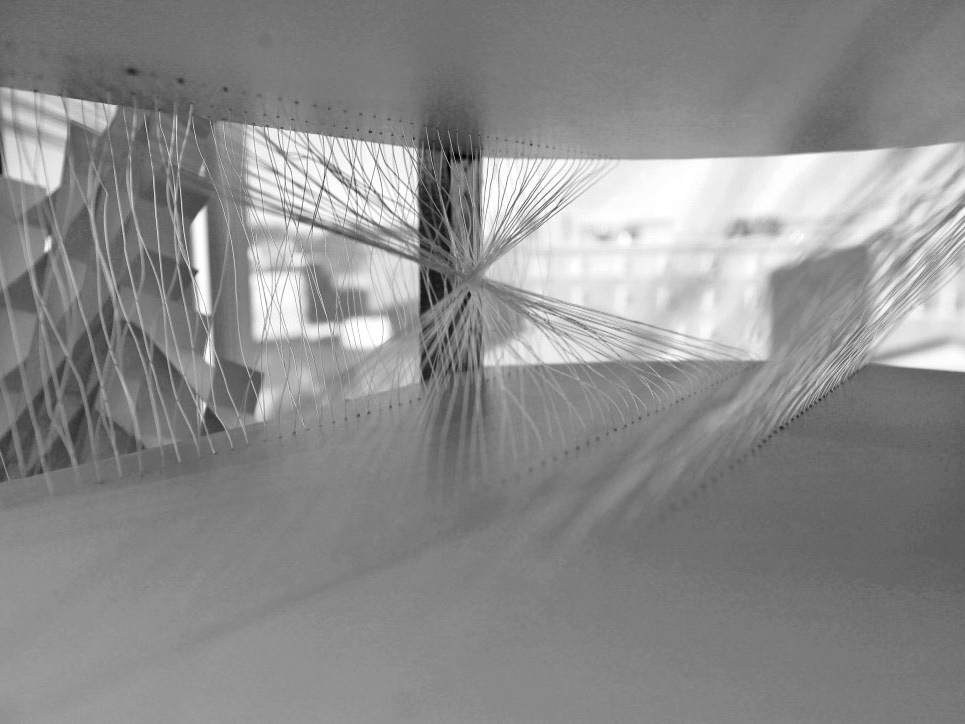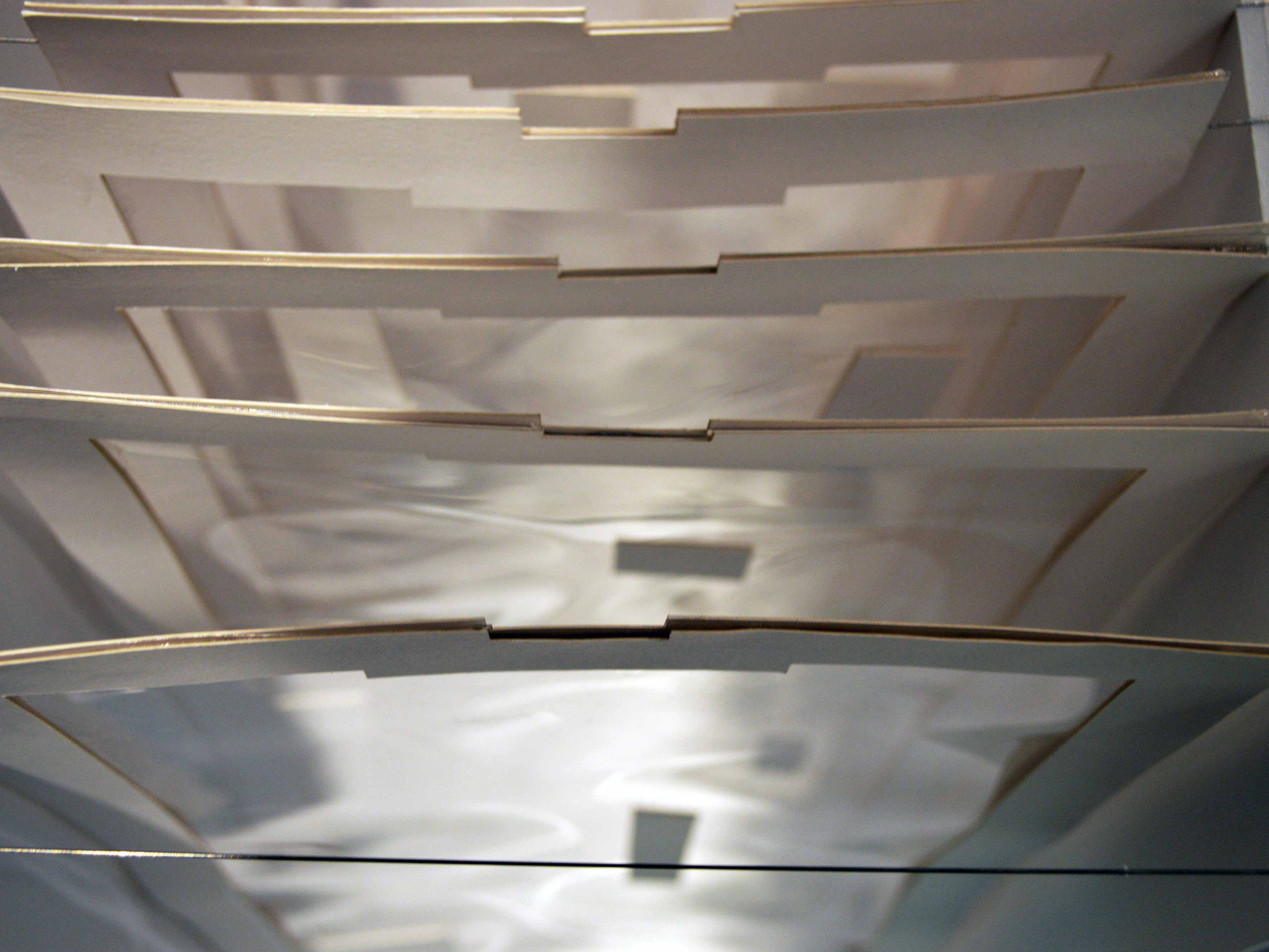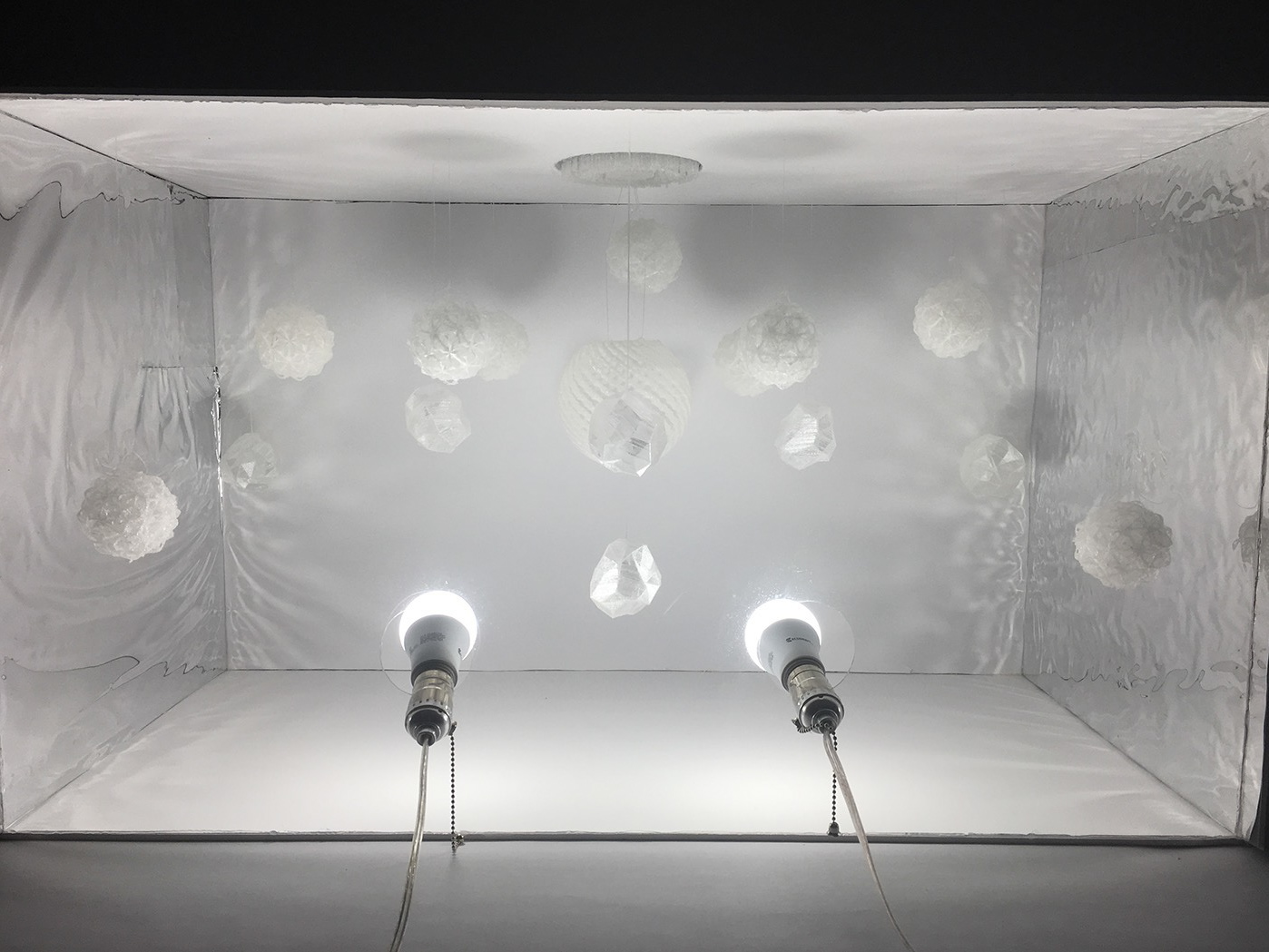COLOR PERCEPTION
HOW DO WE PERCEIVE COLORS?
Light, the radiant energy that is capable of exciting the retina and producing a visual sensation, can be broken down into the following visual principles, such as illuminance, luminance, color, temperature, height, density, direction, and distribution (IESNA, 2011). Lighting is fundamental in shaping our perception of reality by altering our sense of the color, material appearance and spatial organization of the environment.
(1) Humans have the ability to perceive three-dimensional (3D) shapes of object surfaces. However, research has confirmed that this 3D surface perception could get significantly altered by the process of light adaptation and brightness constancy. Our vision processes brightness through mechanisms of light adaptation, spatial filtering, and 3D interpretation. Heeger explains: “the retina does not simply record light intensities; rather, retinal responses depend on the surrounding context (center-surround receptive field)” (Heeger, 2006). In other words, we perceive objects to have the same level of brightness even in different lighting conditions. In order to achieve a perceptual constancy, our retinae normalize the level of illumination and responds to an average illuminance intensity through the mechanisms of light and dark adaptation. Our perception of brightness, therefore, gets determined by brightness constancy and simultaneous brightness contrast.
(2) Effects of illuminance and reflectance in shaping brightness and color perception in low-level visual circuitry: the plasticity of the color processing allows for the reorganization of the primary visual cortex (V1) resulting from alterations in an individual’s visual experience. For instance, the ‘simultaneous brightness contrast’ illusion is a consequence of the surrounding context that changes our sensations of color. The surrounding level of brightness adds information for the color stimulus to make it more or less consistent with either one input source or the other. The luminance difference from the brightness contrast causes colors to be perceived as desaturated. Therefore, our visual circuitry and perception are biased towards color saturation, which is moderated by the brightness contrast of the surroundings.
(3) Spatial organization defined by lightness perception on articulated surrounds: understanding of the spatial organization depends on “lightness perception on articulated surrounds” (Kitmura and Sawayama, 2013). In their paper, Kitmura and Sawayama propose a ‘double-anchoring theory of lightness’ by defining ‘articulation effect.’ Articulation effect refers to the changes in perception for the lightness contrast in the presence of articulated context surrounding the chosen visual stimulus. In a lightness contrast display, the addition of small patches of different luminance to a uniform background surrounding a target changes the perception for the lightness contrast level. This articulation effect can also influence the quality of our spatial understanding, as the same grouping factors can modulate the surrounding context for the perception of an object or a person.
Acrylic, foamboard, projection
2016

